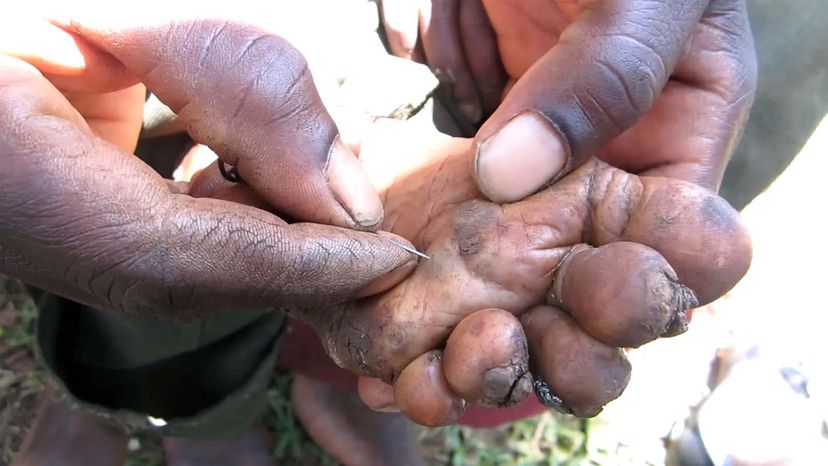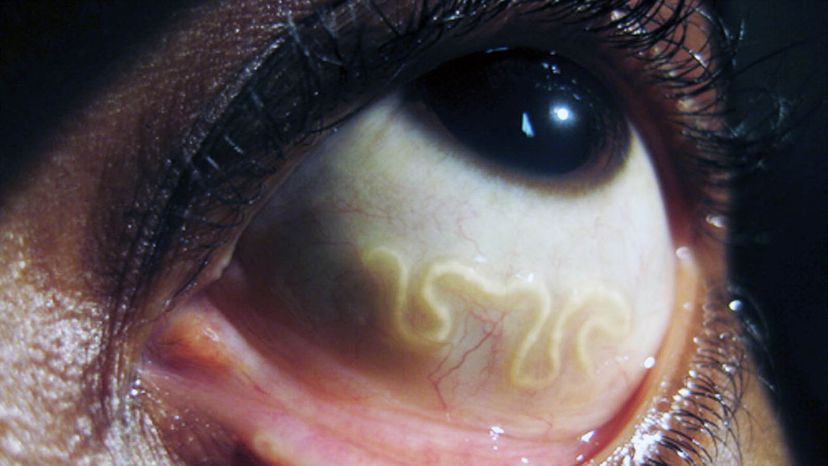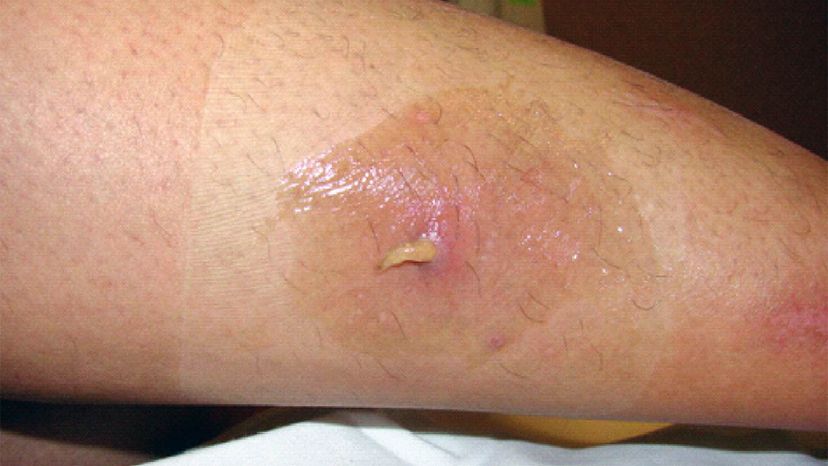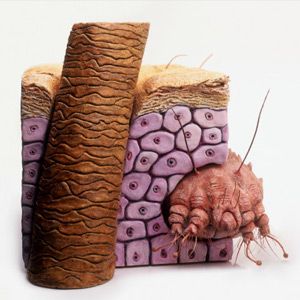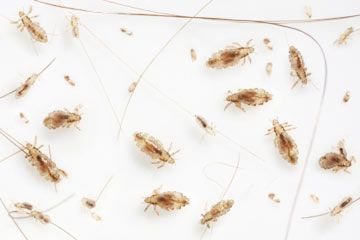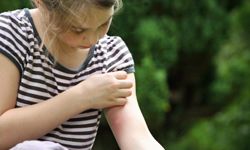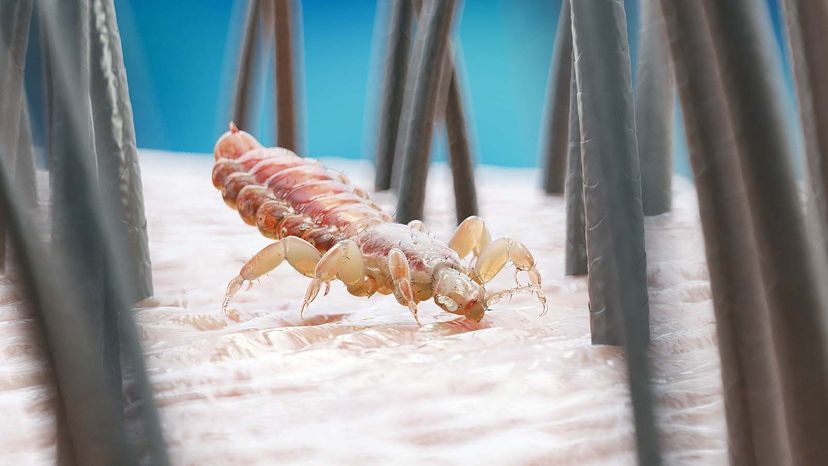
Out of the three main classes of parasites that can cause disease in humans — protozoa, helminths and ectoparasites — it's the ectoparasites that are the worst vectors of disease, according to the U.S. Centers of Disease Control and Prevention (CDC). That's because these include the creepy crawlies that latch onto — or burrow into — our skin. Unlike protozoa and helminths, which live in gastrointestinal tracts, ectoparasites depend on our blood for survival. These include everything from ticks and fleas to lice and mite.
But how many of those go on to actually breed on or in our skin?
Advertisement
